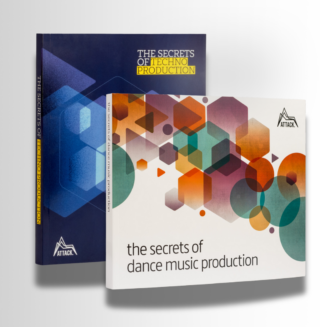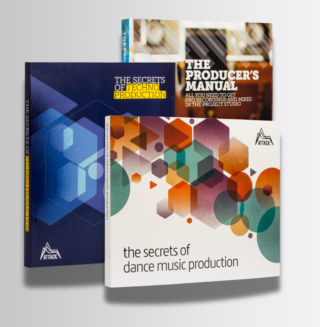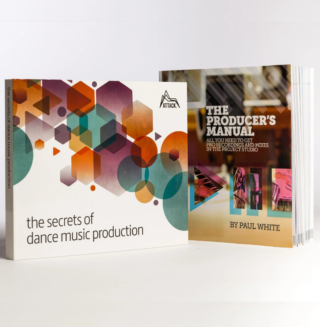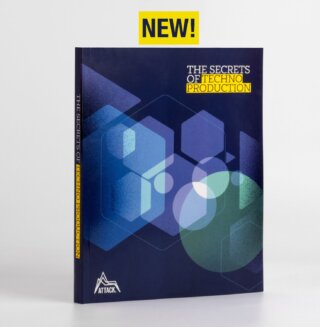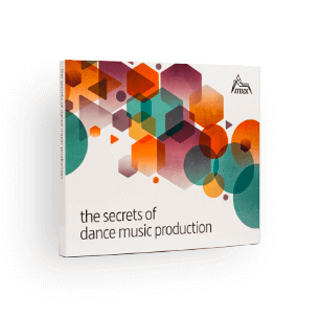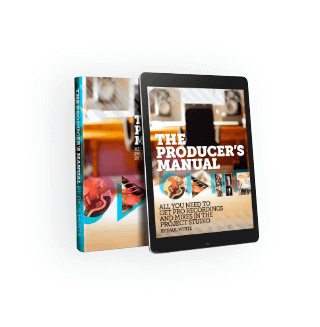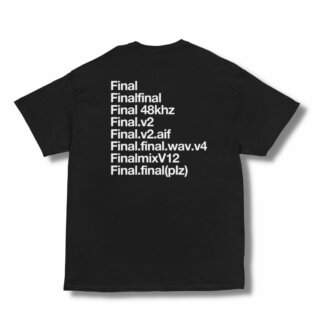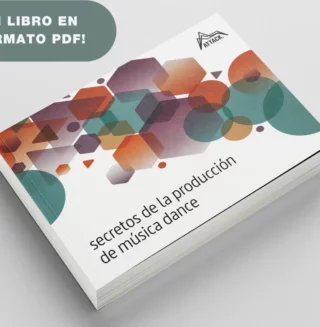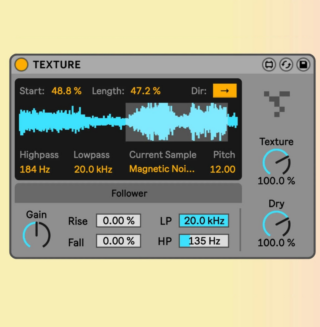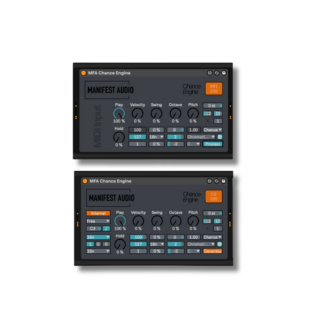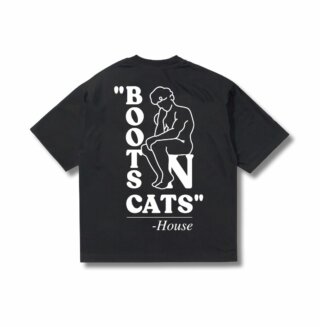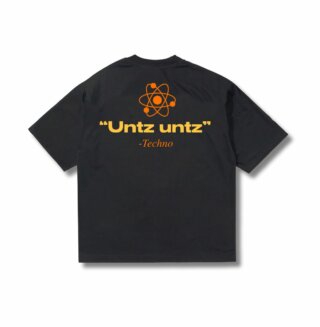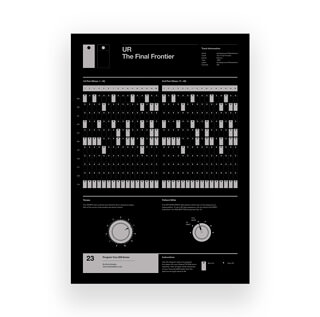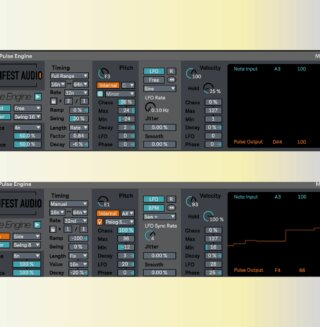Ever wondered how music production got to where it is? Here are ten times that companies took chances on new tech and producers abused it in the name of fresh sounds.
The history of music production – and dance music production in particular – is dominated by the arrival of wild, new sounds. The hoovers in early rave music. The TB-303 acid sound. Frequency modulation making bass extra grimey. But even more than these examples, there are times when producers and manufacturers combined to change the way that we produce music completely.
With NAMM 2025 almost here and everyone’s thoughts turning towards music production in general, here are 10 of those from across the entirety of the history of dance music production: moments that became the movements that we’re still engaging with today.
Giorgio Moroder Uses A Sequencer
Sequencers weren’t entirely new in 1977 when Giorgio Moroder was recording “I Feel Love,” what was to be the final track on Donna Summer’s I Remember Yesterday album. Tangerine Dream had already used them to create spacey kosmiche music, and even Herbie Hancock had played with sequencers during his mid-‘70s period. But to use it in dance music? Moroder was the pioneer here.
Using a Moog 3P modular system, he and his team were able to sync the Moog to a Studer multitrack, ensuring that all of the tracks stayed locked together. This included the famous bassline, of course, along with all of the percussion sounds aside from the kick, which was played on an acoustic drum kit. As for the sequencer itself, it’s hard to find that information but it was probably a Moog sequencer in the 3P rig.
Yamaha and Alesis Make Cheap Digital Reverbs

Before the mid-1980s, if you wanted to record a song using digital reverb, you either had to buy a very expensive Lexicon system or pay for studio time at a place with a Lexicon. This was out of the reach of all but the most successful dance music producers.
Recognizing a need for a more affordable digital delay, first Yamaha and then Alesis developed a series of digital reverb and multieffect rackmount devices aimed squarely at the home studio market. Of course, the Yamaha REV7 and particularly Alesis Midiverb and Quadraverb didn’t sound nearly as clean as their more expensive brethren, but their often grainy sound contributed to the character of early dance records.
More importantly, it gave those early producers the freedom to record at home without having to worry about paying for studio time. We can’t guarantee that the hardware generating the gated room reverb on the 303 in UR’s “Final Frontier” isn’t something expensive but our guess is it’s probably an Alesis or Yamaha unit.
Steinberg Invents the VST
Forward-thinking producers have been using computers to make music since the 1950s but in a much more primitive way than we think of today. It wasn’t until Steinberg invented the VST in 1996 that we could finally process audio as well as sequence and record it inside computers. Three years later, with the release of Cubase 3.7 and the first VSTi, Neon, we could also play virtual instruments inside a DAW. The box may have existed for decades but it took Steinberg to open it up and let us work inside it.

Roger Linn Comes Up With Quantization and Swing
Drum machine pioneer Roger Linn changed the way we think about programming beats with his 1979 drum machine, the LM-1 Drum Computer. It wasn’t the first programmable drum machine but it was the first to have swing and quantization, which go a long way towards making programmed beats feel, well, funky.
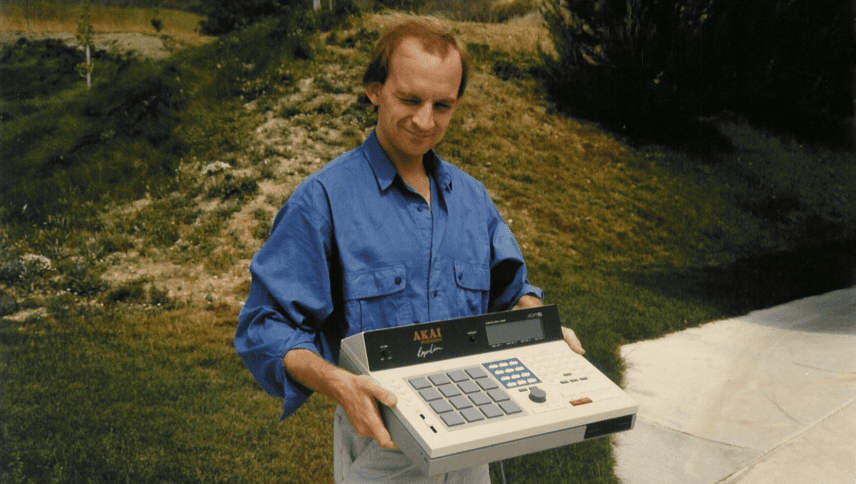
“My implementation of swing has always been very simple,” he told us in an interview about swing. “I merely delay the second 16th note within each 8th note.” By giving the user control over the amount of delay of every even-numbered note, you can completely change the feel of the groove. Swing is a defining element in a number of dance music genres, particularly UK garage, and that’s all down to Roger Linn.
Wolfgang Palm Puts Wavetable Oscillators Into A Synthesizer
Wavetable synthesis is one of the most common forms of synthesis in modern hardware and especially software synthesizers. Rather than using a single sample, wavetable employs a grouping of samples and gives you the ability to scan and interpolate across them. The change between waves is as much a part of the sound as the waves themselves.
Wolfgang Palm didn’t invent wavetable synthesis but he was one of the first to truly harness it by putting wavetable oscillators into synthesizers like the PPG Wave series. Listen to records like Tangerine Dream’s Exit or Depeche Mode’s Leave In Silence to hear the Wave in full flight.
It took advancements in computing power to bring wavetable synthesis back into vogue, with plugins like Massive, Serum and Vital using it as their sound source. Because of the popularity of these instruments, modern dance music – particularly bass music – is full of wavetable sounds.
Daft Punk Abuses The Alesis 3630 Compressor
Pumping compression is old hat in 2025 but in the 1990s it was an exciting new thing. Daft Punk and other key members of the French Touch crew are credited with inventing it – and oddly enough, they didn’t even use a sidechain circuit to get the effect.

Alesis released more than just reverbs in the 1990s. Debuting in 1991, the 3630 Compressor gave bedroom musicians access to compression without having to drop a lot of cash on expensive, studio-grade units. Popular because it was cheap, not because it was good, the 3630 is almost universally derided for being noisy and not a very good compressor. Unless you’re a dance music producer.
Daft Punk and other French house producers like Alan Braxe just loved the 3630 because of its tendency to pump in extreme ways when pushed hard. Although it does have an external sidechain circuit, as long as your kick drum is loud you don’t need it to get that famous pumping. Just push the 3630 hard.
Korg M1 Workstation Democratizes Music Production
Before 1988, when Korg broke the music world with the M1, synthesizers, drum machines and sequencers were three different things. With the M1, dubbed a workstation, you could get all of them in a single instrument, with eight-part multitimbrality to take advantage of all of it. This meant that you only needed one keyboard to make full, professional-sounding songs, a boon to home musicians the world over.

Of course, good features aren’t everything. The other reason that the M1 became the best-selling synthesizer of all time upon its release was its sound. Sampled-based, it came packed with very usable sounds that soon found their way into dance music, including the still-popular Piano 16 and Organ 2, both absolutely essential patches for garage and house.
Kraftwerk Accidentally Invents Electro
In 1981, Kraftwerk released Computer World. A landmark album for many reasons, it also helped birth electro… although unintentionally. Side one, track three is “Numbers,” a minimal track that is little more than a drum beat and counting in different languages. Although Kraftwerk had explored disco rhythms on their previous two albums, the beats on Computer World and “Numbers” in particular were more broken yet incredibly stiff, like a funk beat with all of the funk sucked out of it.
“Numbers” was released as a single and although it didn’t chart, it got a lot of play in black clubs. Afrika Bambaataa soon cribbed the beat for his “Planet Rock,” recreating the rhythm with a much punchier TR-808, and electro was fully born.
Motorola Chips Power the Virtual Analog Revolution
Mid-1990s synthesizers were all about virtual analog. Combining the best of analog and digital, they brought hands-on control and tweakable sounds back to a market that had been dominated by knobless workstations and samplers. Novation Supernova, Nord Lead, Access Virus – you’d be hard pressed to find a big record from the time that didn’t have one of these synths on it.

Surprisingly, many of the best-sounding VA synths of the era all used the same DSP chips. The DSP5600 chip series from American chip maker Motorola found its way into the Waldorf Q and microQ, Novation Supernova and Nova, Access Virus A, B and C as well as the T1 and T2, and even the Korg MicroKorg. Motorola may not have intended to power ‘90s dance music with its chips, but that’s certainly what ended up happening.
Gary Numan Presses A Minimoog Key
Of all of the synth pop heroes, Gary Numan is the one arguably most aligned with modern dance music because of his apparent love for rhythm and massive synth bass. You can hear it in his “M.E.” (sampled in Basement Jaxx’s “Where’s Your Head At”) and “Are ‘Friends’ Electric?” from his second album, Replicas.
It was when recording Replicas that Numan first encountered a Moog Minimoog, sat in the corner of the studio. “I’d just been signed and I’d written all of these punk songs, but my heart wasn’t really in it,” he told the Quietus. “I just pressed a key for whatever it was set on, and it made that famous Moog sound, that famous low growl and the room vibrated. It was the most powerful thing. And before the band was even finished setting up the gear I was in there working on changing the songs we’d arrived with into pseudo-electronic songs.”
The Minimoog is undoubtedly a landmark instrument and has appeared on countless records of many different genres, but it was a nerdy kid bored with guitars that helped associate it with massive, massive bass.

